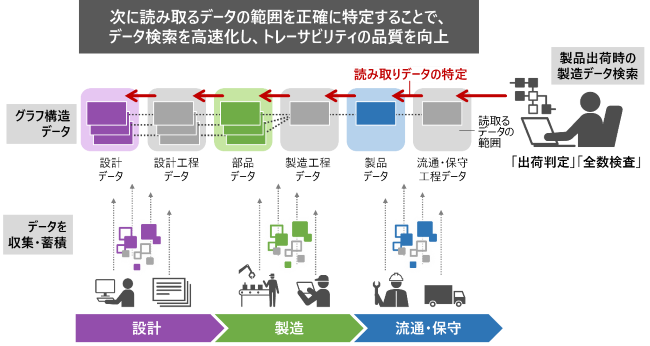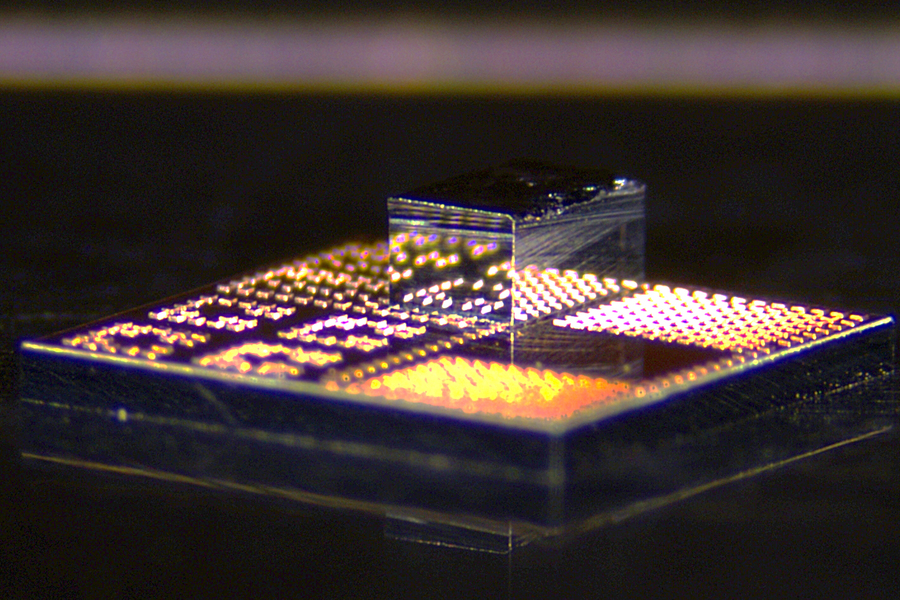2025-06-19 京都大学

左:AT2023clxの発見前(Pan-STARRS)と発見後(せいめい望遠鏡/TriCCS)の画像(せいめい望遠鏡観測画像、提供:京都大学岡山天文台/TriCCS)。右:銀河中心領域のイメージ図。塵トーラスの方向からやってきた星(青)が壊されることにより、塵トーラスと超大質量ブラックホールからのガスの噴出方向が直交する。仮に、塵トーラスの方向以外から星がやってくる(赤)と、塵の構造とガス噴出方向は直交しない。
<関連情報>
- https://www.kyoto-u.ac.jp/ja/research-news/2025-06-19
- https://www.kyoto-u.ac.jp/sites/default/files/2025-06/web_2506_Uno-ef477fc900362b0e4beb585a0f37c6ed.pdf
- https://iopscience.iop.org/article/10.3847/2041-8213/add71b
核トランジェントAT2023clxのスペクトロポラリメトリー:トランジェント流出と核ダスト領域の幾何学的な位置関係を明らかにする Spectropolarimetry of a Nuclear Transient AT2023clx: Revealing the Geometrical Alignment between the Transient Outflow and the Nuclear Dusty Region
Kohki Uno, Keiichi Maeda, Takashi Nagao, Giorgos Leloudas, Panos Charalampopoulos, Seppo Mattila, Kentaro Aoki, Kenta Taguchi, Miho Kawabata, Javier Moldon,…
The Astrophysical Journal Letters Published: 2025 June 18
DOI:10.3847/2041-8213/add71b
Abstract
AT2023clx, which occurred in NGC 3799 with a low-ionization nuclear emission-line region (LINER), is one of the most nearby nuclear transients classified as a tidal disruption event (TDE). We present three-epoch spectropolarimetric follow-up observations of AT2023clx. We detected two polarization components; one is a constant polarization of ∼1% originating from an aspherical outflow associated with the transient, while the other is a blue-excess polarization toward ∼2% originating from a nuclear dusty environment via light echoes. The polarization angle flipped by 90° between the two epochs, indicating that the outflow direction was perpendicular to the dust plane. Furthermore, the polarized flux might suggest that the nuclear dust favors relatively large grains, potentially offering constraints on its physical properties. Such polarization features—the blue excess and the 90° flip—have never been observed in previous TDE polarization samples, highlighting unique mechanisms behind AT2023clx. We propose possible scenarios: the disruption of a star formed within or captured by a nuclear dusty cloud. Given the LINER nature of NGC3799, the dusty region may possibly be linked to a torus or disk associated with a weak active galactic nucleus (AGN). Furthermore, as a more speculative scenario, the event might have been triggered by AGN-like activity, potentially linked to changing-look AGNs or ambiguous nuclear transients. These findings highlight the power of time-series spectropolarimetry of TDEs, not only in probing the origins of nuclear transients but also in investigating the physical properties of nuclear dust.



